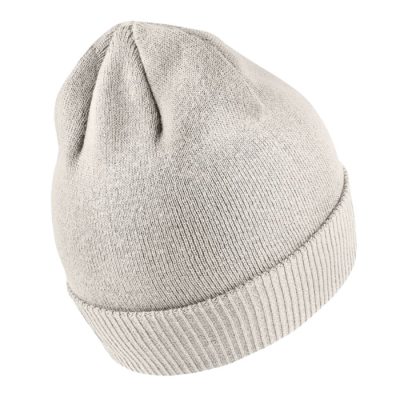The history and evolution of winter hats are closely tied to the development of human culture, fashion, and the need for protection from cold weather. Winter hats have evolved over time, reflecting changes in materials, design, and societal influences. Here is an overview of the history and evolution of winter hats:
- Early History: The use of head coverings dates back thousands of years. Early humans used animal skins, furs, and leaves to protect their heads from cold weather. These primitive head coverings evolved into more sophisticated designs as civilizations developed.
- Ancient Civilizations: In ancient civilizations like Egypt, Greece, and Rome, people used a variety of head coverings made from cloth, leather, or even metal. These head coverings often indicated social status and were used for both practical purposes and as fashion statements.
- Medieval and Renaissance Periods: During the medieval and Renaissance periods, headwear became highly elaborate and was used to denote rank and social standing. Hats like the coif, chaperon, and beret were popular among different classes of society.
- 18th and 19th Centuries: In the 18th century, tricorn hats and bicorn hats were fashionable for men, while women wore bonnets and straw hats. The 19th century saw the emergence of a wide variety of hat styles, including top hats, bowler hats, and various types of bonnets for women.
- Industrial Revolution: The Industrial Revolution brought significant changes to hat production. Mass production techniques allowed for more affordable and accessible hats, leading to a wider range of styles and materials.
- Fur Hats: Fur hats, such as the ushanka in Russia and the trapper hat in North America, became popular in cold climates due to their excellent insulation properties. These hats often featured ear flaps for added warmth.
- 20th Century: The 20th century witnessed a wide range of hat styles, from cloches and fedoras to berets and beanies. The choice of hat became more a matter of fashion and personal expression than pure practicality.
- Mid to Late 20th Century: In the mid-20th century, hats began to decline in popularity as a daily accessory. However, they remained important in specific contexts, like formal wear and winter sports. The popularity of the beanie, a close-fitting knit cap, grew during this time, especially among youth.
- Contemporary Era: Today, winter hats come in various styles and materials to suit different fashion preferences and practical needs. Beanie-style hats, trapper hats, and fur-lined options are common choices for staying warm during the winter months.
- High-Tech Materials: Advances in materials technology have led to the development of winter hats with improved insulation and moisture-wicking properties. Modern winter hats often incorporate materials like synthetic fleece, Gore-Tex, and down insulation for maximum warmth and comfort.
- Fashion and Function: While winter hats primarily serve a functional purpose of keeping individuals warm in cold weather, they continue to be important fashion accessories. Designers and brands create hats that blend style and warmth, allowing people to express their personality through their headwear choices.
The history and evolution of winter hats reflect changes in culture, technology, and fashion. Today, winter hats serve both practical and aesthetic purposes, offering a wide range of options to suit individual preferences and protect against the cold.

























